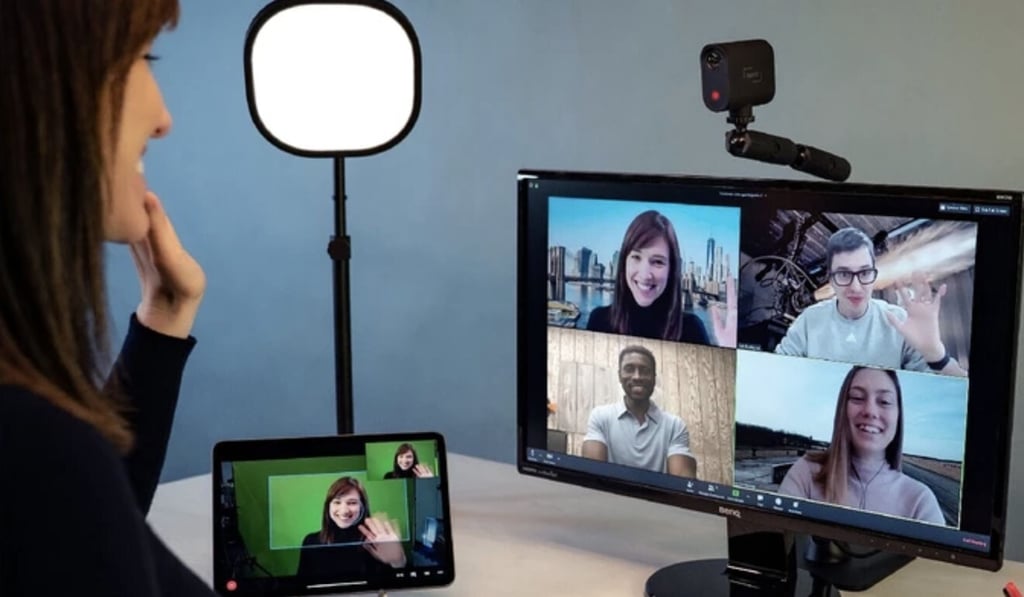Advertisement
How to put the zoom into your Zoom call and convert your iPhone into a hi-res webcam
- Zoom calls are usually static, without the option to zoom in and pick out details in your room
- The Mevo camera allows you to zoom, while Reincubate Camo and NeuralCam turn your iPhone into a hi-res webcam
Reading Time:3 minutes
Why you can trust SCMP

Imagine you’re on a Zoom call and you actually want to zoom in the image. You know, get the camera closer to the action or maybe show something maybe on the back wall that a viewer might want to know more about.
It’s not going to happen with that little webcam that’s built in to your computer, nor will a dedicated webcam solve the issue.
But the Mevo camera recently introduced a way to bring its webcam-like functionality to Zoom, and now you can actually zoom around the room.
Advertisement
It’s not easy to pull off on a US$400 camera (with way higher resolution than that of a traditional webcam), but the results are worth it.

Advertisement
There are many different ways of using Zoom, with add-on apps to extend the experience, or with dedicated video devices from Amazon, Google and Facebook. But the Facebook/Zoom connection won’t happen until next month, and perhaps you don’t want to spring US$129 or so for the Facebook Portal to make it work.
Advertisement
Select Voice
Choose your listening speed
Get through articles 2x faster
1.25x
250 WPM
Slow
Average
Fast
1.25x